Southern
T ides all about the water

























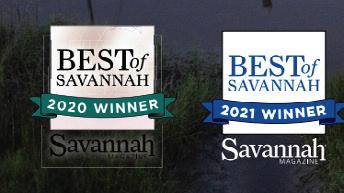


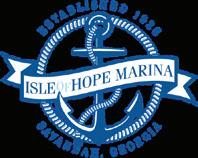
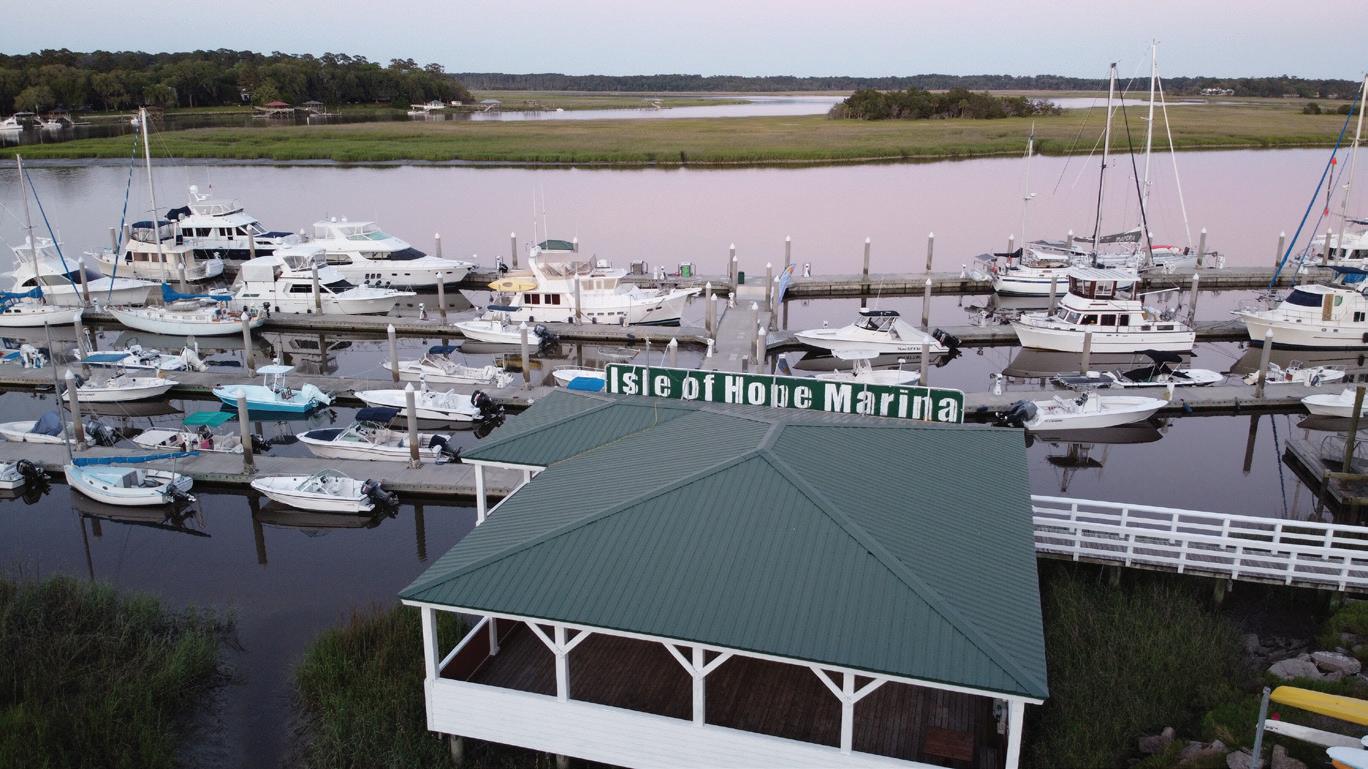
Amy Thurman amy@southerntidesmagazine.com
Neva Parsons neva@southerntidesmagazine.com
John "Crawfish" Crawford crawfish@uga.edu
Captain J. Gary "Gator" Hill theoriginalcaptaingator@gmail.com
Nick Riccio, Jr. Wildlife Photographer
All content herein is copyright protected and may not be reproduced in whole or part without express written permission.
Southern Tides is a free magazine, published monthly, and can be found at multiple locations from St. Marys, Ga., to Beaufort, S.C. (912) 484-3611 info@southerntidesmagazine.com www.SouthernTidesMagazine.com Visit us on social media: www.issuu.com/SouthernTidesMagazine.com Facebook.com/southern-tides-magazine

Southern Tides Magazine is printed by Walton Press, Monroe, Ga.
Subscribe to Southern Tides: Visit www.squareup.com/store/ southern-tides-magazine $35 for one year/12 issues. Thank you for your support!
Letters to the Editor: We love hearing from you! Questions, comments, ideas, or whatever you'd like to share, please do! Send your thoughts to any of our email addresses listed above.
Reader Photos: To submit you photos, visit www.flickr.com/ groups/southerntides/ Three will be selected each month.
Top: Sand dollars, by Amanda Brady

Center: Right whale mom and calf, by Florida FWC (Taken under NOAA permit #0556-01)
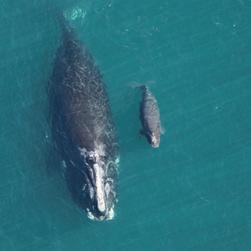
Left: Manatee, by Clearwater Marine Aquarium

About the Cover: This month's feature, Beach Finds, on pages 12-13, showcases reader photos of beach critters and shells, such as these cloudy periwinkles, nestled in a driftwood crevace.
Photo by Laurie Lohn Photography
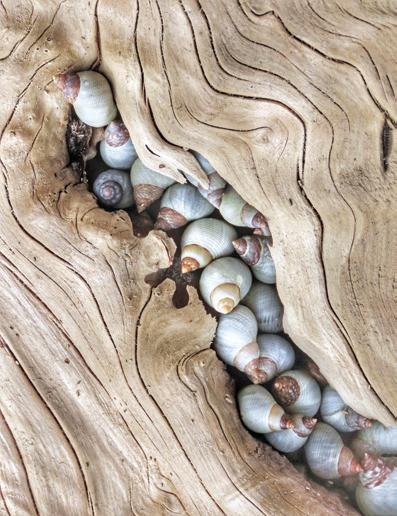



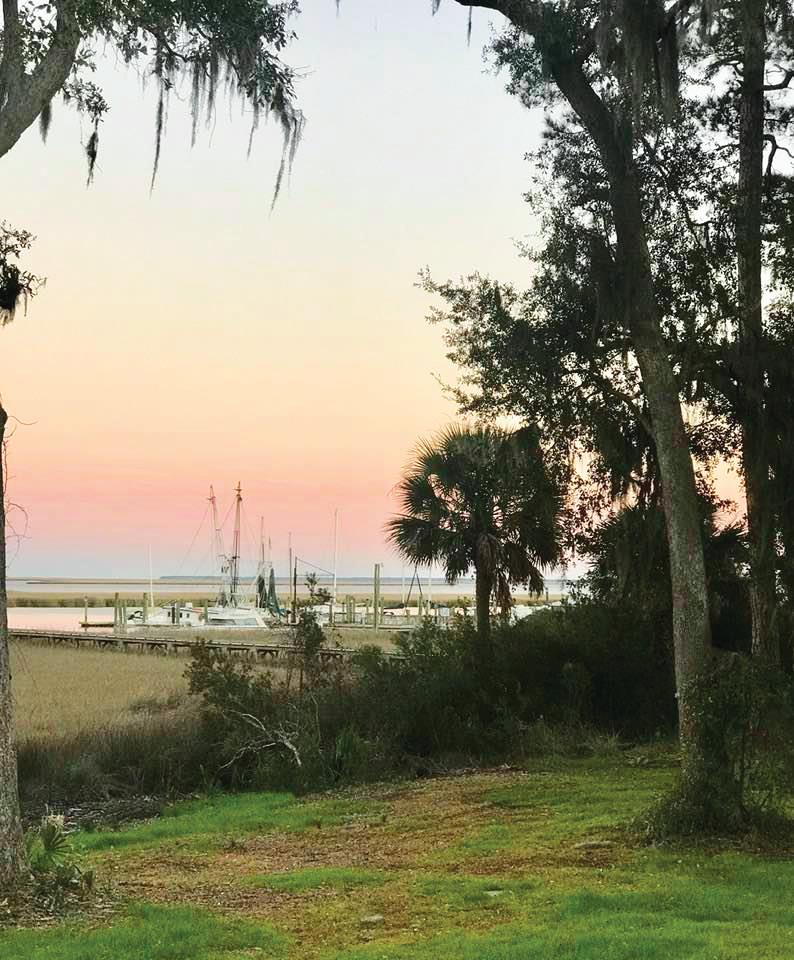



You may notice as you flip through the pages this month a slightly different look to the magazine. We’ve given a bit of a boost to the columns and spotlight pages with new headers and some changes to the layouts, and we’ll be upping our game a bit with article and feature layout improvements as well. I hope you’ll bear with us over the next couple issues as we experiment a bit with this new look and style. After seven years, it’s time for a bit of a makeover.
As I mentioned last month, in addition to updating our regular content, we’ll be adding some new spotlight pages as well. See the sidebar for a list of what’s coming.
Because we’ll be relying heavily on not only our naturalist, Crawfish, but also on our community partners such as the Marine Extension and the DNR, among others, and due to space limitations, not all of these new pages will run every month, but each issue will have at least one or two. We’ll kick this off next month with Species of Concern on right whales, and possibly a Daytrip spot.
Also as I mentioned last month, in an effort to create reader engagement we’re adding a reader photos section. In the last issue we ran a full-length feature showcasing reader photos of birds. This month we have a layout of reader photos of beach finds (page 12-13) – this was originally intended to be reader photos of shells, but the photos we received of other beach inhabitants were too good not to include. Going forward, the reader photos section will feature three photos selected from submissions each month. We’ll still occasionally run photo features on multiple pages, but the reader photos section will be a constant –IF y’all submit photos! Please submit your favorite coastal Georgia photos at www.flickr.com/groups/southerntides/
Design changes aside, I’d also like to draw your attention specifically to the article on page 17, Whale Alert, about an app for your phone by that same name. Right whales will be showing up on our coast any time now for calving season. If you’re out on your boat enjoying great fall fishing and spot a whale, you could potentially save its life by uploading the sighting to Whale Alert, which will alert other boaters in the area to its presence. If you spend time on the water, please consider downloading this app and using it to help reduce or eliminate boat strikes.
One last thought before you turn the page. Times are uncertain right now. There’s a global paper shortage which has made printing costs skyrocket over the past year, and in part due to high fuel prices, the cost of everything else has gone up, too. Southern Tides and our advertisers are facing tough challenges that could get worse before they get better. How can you help? By doing business with our advertisers, encourage others you do business with to support the magazine as well, and by subscribing. But in addition to those things, let us hear from you! Reach out to our writers, and/or to me, shoot us an email, say hi when you see us out and about. We put this magazine together every month for you. Let us know you’re reading!
See you out there!
Editor in Chief amy@southerntidesmagazine.com• Explore Outdoors will provide information on what you might find outdoors that month, from what’s blooming to what fish are biting, what migrating species are in our area, seasonal happenings such as gators coming our of their dens in spring to oyster season opening. It could include information on special moons, king tides, or even what edible plants can be found in nature.
• Daytrips will be dedicated to a place to visit in our coastal region – from state parks to historic sites, nature centers to wildlife management areas, and anything in between.
• Species of Concern will highlight animals (and maybe sometimes plants) that are threatened or endangered.

• Science Lab will share information about research being conducted locally that relates to our coastal waters.
• Tides Trivia will be a short quiz about our coast or things found on it to test your knowledge. Answers will appear on another page in the issue.
• Reader Photos will showcase three photos submitted by readers each month. To submit your photo, visit www.flickr.com/groups/ southerntides/
Reader photos such as this gator, by Nick Riccio, Jr. will be featured monthly.



Do inshore saltwater fish bite in cold weather? Although patterns change and your fishing methods call for a little more strategic planning, it can be very productive. The redfish is a much sought after species for anglers during the winter months all over the coast. Why? Well, redfish are active in the winter, especially in the shallow flats, which warm up quickly on sunny days.
Tide height, water temperature, water clarity and available baitfish are all factors which will cause all fish to move about searching for favorable areas and conditions.


We like to concentrate on fishing structure in the winter, with live or frozen shrimp and occasionally some artificials. The redfish near structure seem to be less affected by the constantly changing weather as compared to the other areas.
Bridges are an angler’s best friend. They can be fish magnets during the colder months! Most bridges are usually found in deeper water and have great structure and good current flow. Docks are also extremely productive spots and are often found in protected areas. Be sure not to interfere with any homeowners’ docks or tie up to a dock unless you have permission.
Fishing these protected areas, out of the wind, will allow anglers the chance to catch a few fish. Usually, any type of structure will hold fish. Make sure you have plenty of tackle. If you're not losing a little tackle from time to time you're probably not fishing in the right place.
When fishing in the winter months, the fish are fairly easy to locate. They will seek out and hold along the deeper sections of the rivers and creek mouths. The fish tend to set up an ambush point in the outside bends where the water is considerably deeper than the other areas.
I try to target my fishing along ledges. Fish seem to like it on shallow ledges that move into deeper water. Fish different depths until you find the depth they prefer on that particular ledge. When the tide is falling the fish will usually (not always) position themselves along that drop, and on the incoming tide that’s half full or better, the fish will concentrate on top of the ledge.
As you may know, some of the best spots to find fish in the winter months are along areas with a shell bottom. But don't expect to catch just what you targeted. All species of fish are usually feeding there, including sharks and stingrays. Also remember, all types of inshore species love hard bottom areas. Even the best anglers make the mistake of thinking that oyster shells need to be present, but many creeks and rivers don’t have oyster beds and it's easy to overlook a possible productive area that could be stacked with fish. But make no mistake, oyster bed bottoms are, in fact, one of the best places to find redfish and trout, and especially redfish in the winter months. Clams are also a favorite food. Great fishing can

be found around areas with clam-shell bottoms as well. Don't forget about the sheepshead! Sheepshead also love structure; rocks, bricks, concrete pylons, around docks and bridges are all favorite feeding places. Look for them in these spots at the bottom end of low tide and close to the high end of high tide. But watch out – too much current makes it difficult to keep your rig on the bottom and "feel the bite." Sheepshead can put up a fight and can range from four or five pounds to some as big as 10 pounds or more, so be sure you have a good net. We like the EGO S2 Slider nets for our inshore boats. They are heavy duty and our favorites to use.
Purple-back fiddlers seems to be the bait of choice although you can catch them on dead shrimp and oysters. Sheepshead can be tricky to catch. We express to our customers that you need to try to set the hook "right before he bites." Sheepshead are sometimes called "convict fish" because they do steal a lot of bait! Although they may be a little tough to clean, the meat is extremely tasty and quite delicious. It’s my wife's favorite fish for making fish dip!
Fish are smart, but if you do your homework you can outsmart some, catch your fair share and have fun doing it!
Be a good steward of our waters, don't litter and only keep what you plan to eat. There will be more opportunities the next time you go.
Don't wish ... let's go fish!
Captain Jay has over 20 years experience fishing the Georgia coast. He's passionate about fishing and enjoys sharing his knowledge and experience with you! gacharterfishing@gmail.com • www.coastalgafishing.com/ Charter guest with her sheepshead. Photo by Captain Jay Cranford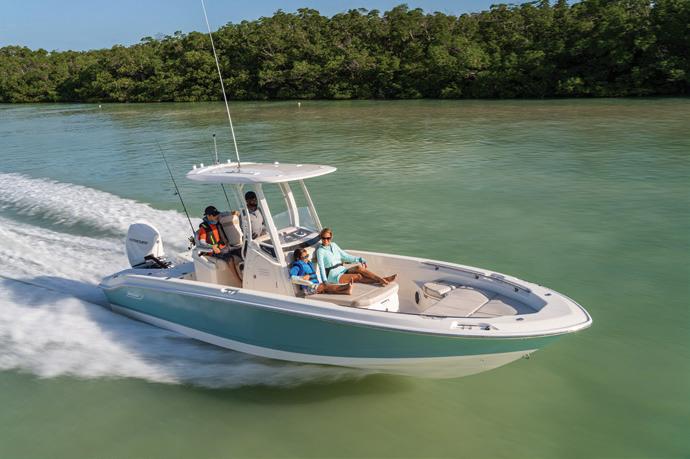


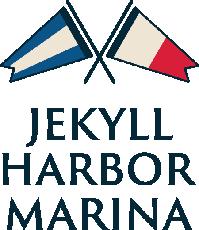


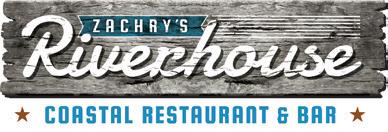




October and November provide great fishing on our coast. While this recipe calls for grouper, any local species will work. Remember to support your local seafood markets or catch it yourself!
2 fresh grouper filets
2 Tbsp olive oil
Garlic powder Onion powder Paprika Black pepper
1 whole fresh lemon
3/4 cup heavy cream
2 Tbsp finely chopped cilantro
1/4 tsp salt
• Rinse filets and pat dry, then sprinkle one side with garlic powder, onion powder, paprika and black pepper.
• Heat oil over medium heat in non-stick skillet; when hot, place filets, seasoning-side down in pan, then sprinkle spices on the top sides.
• Cook fish just until done, about three minutes per side, depending on filet thickness. Reduce heat as needed to avoid scorching.
• While fish is cooking, wash lemon and grate the peel on half of it. Then cut in half, and cut the un-grated side into wedges.
• When fish is done, remove to serving plates and keep warm.
• Return skillet to medium heat; add grated lemon peel and heavy cream.
• Bring to a simmer, stirring with whisk until it begins to thicken, usually about two minutes.
• Add cilantro and salt, then squeeze juice from grated half of lemon into mixture and gently whisk together for about another two minutes until ingredients are well-combined.
• Spoon sauce over fish; add a lemon wedge to the plate to drizzle over fish if desired, and serve.
This goes great with a salad and hot rolls, or on a bed of mashed potatoes with steamed vegetables on the side.
Southern Tides is seeking a recipe sponsor. Contact us to have your company name and logo included here. Attention Coastal Cooks and Chefs! Have a recipe featuring local seafood you'd like to share? Reach out to us! amy@southerntidesmagazine.com


Left: A striped hermit crab looks out at the world from the shell of a knobbed whelk he's confiscated for his home. Photo by Sarah Crawford


A gray sea star, lifting an arm as if in greeting.

We asked readers to share their beach finds and here are some of the best! To share your photos with Southern Tides, visit: www.flickr. com/groups/ southerntides/Photo by Amanda Gregory Blue crab on the beach at sunrise. Photo by Beth Titzer
Above left: A ghost crab in the surf. Photo by Angela Wallace

Above right: A moon jellyfish on Driftwood Beach. Photo by Nick Riccio, Jr.

Left: Golf ball coral. Photo by Amanda Brady

This image: Spineback hairy crab. Photo by Amanda Brady

Bottom: Tracks of a hermit crab in a banded tulip shell. Photo by Laurie Lohn Photography











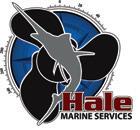





S atilla Riverkeeper joins Brantley County Commissioners in opposition to an unlawful landfill which threatens the community as well as the health of the Satilla River Basin. Local officials and community members overwhelmingly oppose the landfill and have complained repeatedly that they were not given timely and accurate information about the project. Next steps: www.satillariverkeeper.org/brantleylandfill.html
 Compiled by Meaghan Gerard Communications & Administrative Director Ogeechee Riverkeeper meaghan@ogeecheeriverkeeper.org
Compiled by Meaghan Gerard Communications & Administrative Director Ogeechee Riverkeeper meaghan@ogeecheeriverkeeper.org
F or the month of October, St. Marys Riverkeeper will be accepting donations for two raffle items, an ATX bike and a Crescent Ultralite kayak. Raffle tickets will be available at all Toast to Clean Water events, Camden Bicycle Center in St. Marys, Ga. and Hagan Coastal Outfitters in Yulee, Fla. Donations are also accepted at St. Marys Riverkeeper website. Winners will be announced November 1. Winner must be able to pick up the item – delivery and shipping options are not available.


Raffle donations are $5/ticket or $20/5 tickets. Visit: bit.ly/SMRK_raffle
S avannah Riverkeeper and Ogeechee Riverkeeper are helping residents push back on so-called “soil amendments” in the upper watersheds. Chicken guts and sludge are attracting millions of flies and hundreds of buzzards, and creating an unbearable stench in multiple communities. In one case so far, the unregulated treatment also caused a fish kill in Wilkes County.
As this material is currently considered a “soil amendment,” it falls under the purview of the Georgia Department of Agriculture. Therefore, local municipalities and county governments are unable to limit, permit, regulate, enforce, or otherwise control the use of this material. Both SRK and ORK are actively helping citizens put pressure on local and state governments to protect the environment and neighborhoods from these practices and conditions.
www.savannahriverkeeper.org


www.ogeecheeriverkeeper.org
A ltamaha Riverkeeper invites citizens to become community water quality monitors! Training is held monthly at the Brunswick UGA MAREX Station. Open to anyone over the age of 16 interested in monitoring in any watershed. BYOLunch. No experience necessary. Free. This training will cover chemical (pH, DO, conductivity, salinity) and bacterial testing. See our Facebook page for date of next class: www.facebook.com/AltamahaRiverkeeper
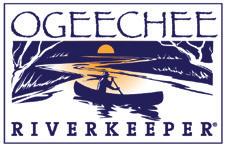

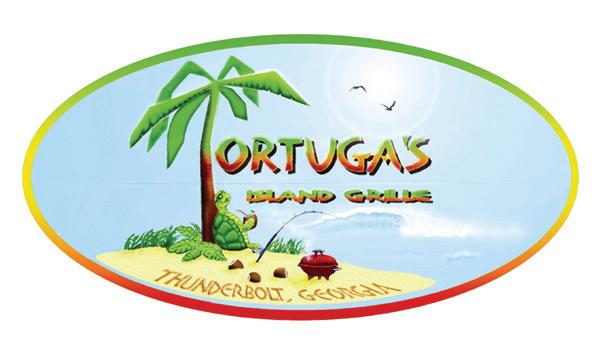





A free app for your phone allows you to see right whales that have been reported in local waters, and report whales you observe, thereby aiding in vessel strike prevention.
One of the most iconic whales found along the southern coast, the critically endangered North Atlantic right whale has a dwindling population of fewer than 340 individuals. Since 2017, a near catastrophic 50 right whales have been found, or presumed to be, dead. One cause for this is vessel strikes, which often result in severe injury or fatality to whales, as well as significant damage to vessels and their occupants.
To reduce risk to whales and protect boaters on the water, you can download Whale Alert (www.whalealert.com), a free citizen science app using whale sightings reported by users to help prevent potential vessel strikes.
Whale Alert launched in 2012 as the result of collaboration between NOAA Stellwagen, the University of New Hampshire Center for Coastal and Ocean Mapping, IFAW, and Conserve.
IO. The app was borne of the desire to help boaters understand and monitor conservation measures that affected them, with an interface displaying conservation zones overlaid with NOAA nautical charts.
Whale Alert has continued to grow, partnering with Woods Hole Oceanographic Institute to display whale sightings from acoustic buoys and gliders. Users can report whale sightings directly in the app, which are shown in near-real-time. This feature enables boaters to be part of a proactive solution to reduce risks to themselves, their vessels, and whales.

While its inception originated in the shipping community, Whale Alert
is not industry-specific. It is designed to be used by anyone who downloads the free app; sightings can be logged by recreational boaters, whale watchers, beachgoers, sailors, fishermen, and so on. If you can see a whale, you can add your sighting in Whale Alert!
Users can report a sighting at their current location by simply selecting the "Report Sighting" button, entering the species information, number of observations, dates, and sources of the sightings. There is also an option to upload images and notes. The sighting feature asks if the whale is dead or distressed, facilitating contact with regional management professionals to respond to the emergency and increasing the likelihood of a whales’ survival.
To ensure accurate data is collected, sightings are reviewed prior to their addition to the map; however, regular users of the app can become trusted observers, to streamline the review process.
With roughly 35,000 sightings made to date, Whale Alert has been able to provide quality data to resource managers so they can implement more effective mechanisms for protecting whales and boaters. Over time, this data can be used to determine whale migration patterns and prevent vessel strikes in areas of heavy traffic by redirecting boaters and/or more effectively indicating when to reduce speed.
Whale Alert is making a conscious effort to recruit more recreational boaters, who will benefit from mariner
specific features. Using built-in GPS technology found in compatible devices, the app pushes an alert to users when they enter active management zones. By doing so, Whale Alert makes it easier for boaters to navigate the evolving network of overlapping management zones and shipping lanes. The app also notifies larger vessels if they enter a Mandatory Ship Reporting zone (MSR), a NOAA reporting measure required in designated right whale areas.
Tools like Whale Alert are vital for protecting the North Atlantic right whale. The extinction of this species is imminent within our lifetimes if immediate action is not taken
Whale Alert enables you to directly contribute to making the ocean a safer environment for right whales, and for the people who work and play alongside them.

To download the app, visit your app store and search Whale Alert.
To learn more, visit: www.whalealert.org

















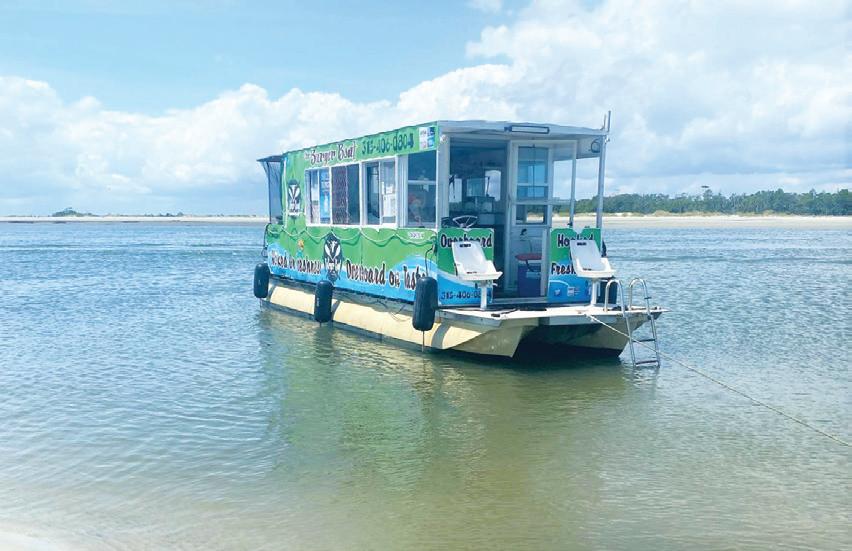
At the Savannah National Wildlife Refuge in August, a crew including DNR, Clearwater Marine Aquarium and other partners caught manatees ODare and SammyG, checked their health and fitted each with a GPS-linked satellite transmitter before easing them back into the murky water. Hopefully this will help reveal how sea cows navigate the massive Port of Savannah.


DNR senior wildlife biologist Clay George said the data could pinpoint risks and lead to improved protections for the federally protected mammals in one of the world’s busiest ports. More than 20 manatees have been found dead there from vessel collisions since 2000.
Manatees migrate from Florida to Georgia from spring into fall. The draw? Warming waters and abundant marsh grass along with other food sources.
DNR, Clearwater Marine Aquarium and Georgia Aquarium began tracking the animals in 2015 near Kings Bay Naval Submarine Base. The recent move from St. Marys to Savannah targeted manatees that migrate farther north to provide a clearer picture of their travel patterns, habitat use, health and threats. In all, more than 30 manatees have been tagged.
Now researchers – and the public – can see where ODare and SammyG go by visiting the Clearwater Marine Aquarium’s manatee tracking page (bit.ly/CMA_manatees). Each manatee is listed, along with information about the animal, and a map showing its movements.

To follow ODare and SammyG, visit the Clearwater
Marine Aquarium manatee tracking page at: bit.ly/CMA_ manatees

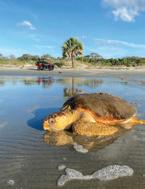

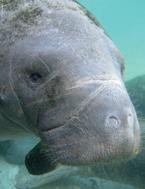

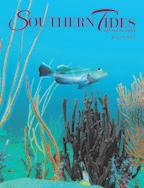



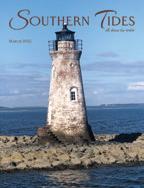

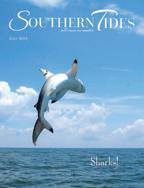


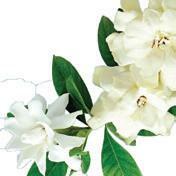

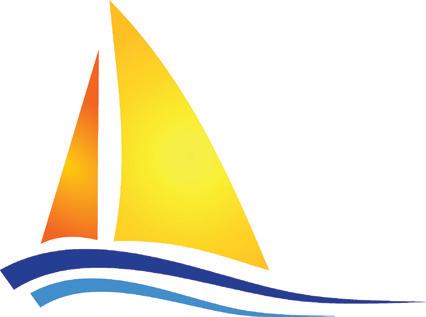

Marsh periwinkles live by the tides. They move down marsh grass stalks at low tide and scoot back up as the tide rises to avoid predators in the water below.
Marsh periwinkles are the only known mollusks that practice fungiculture. These little snails munch out holes in cordgrass and fill the holes with waste, allowing their favorite food you guessed it, fungus, to grow on the plant.


Can go without food or water for days, surviving on water retained in their gills.
One of their predators, blue crabs, have been known to shake marsh grass stalks hoping to detach their lunch.
Sensitive to pesticides, they're an indicator species that help scientists determine the health of the salt marsh.
Three other species of periwinkle can be found in our coastal waters.

Zebra periwinkle, aka zig zag periwinkle, found on rocks and wood in the tideline.
Cloudy periwinkles, somewhat new to the area, found almost exclusively clustered together on wood.
Mangrove periwinkles, found on red mangroves. Not common, yet.
size of

marsh periwinkle
order


Have you ever heard the expression, busy as a one-legged man in a butt-kicking contest? Envision that and you’ll have a glimpse into my life right now. So, instead of a normal column from me (or what passes for normal) you’re getting something a little different this month.
As many of you know, I’m based out of the Savannah/Tybee area and run a tour boat on Tybee. I’ve written about Cockspur Lighthouse numerous times and I spend an inordinate amount of time in her presence.

A quick backstory. The light was built in the mid 1850’s on the eastern prominence, marking the mouth of the South Channel of the Savannah River. Her career as a lighted aid to navigation lasted until 1909, at which point it was deactivated and served as a recreational daymark from then on. Ownership passed from the Coastguard to the National Park Service (NPS) in August 1958, which is still responsible for the protection and preservation of the lighthouse today.
A non-profit organization known as the Friends of Cockspur Island Lighthouse works in unison with NPS to benefit ongoing projects for the light and with the hope that it will remain for many generations to come.
One major project they teamed up on was a grand relighting ceremony in 2007, which was the first time Cockspur Light had been on in nearly a century. Sadly, the light installed was not intended to last, and eventually failed, once again leaving our lighthouse dark.
Another project was to remove the dome which had fallen into a sad state. This dome now sits by the visitor’s center and museum at Fort Pulaski on Cockspur Island.
Sitting where she does, the light is exposed to not only storm surge but shipping traffic from the Savannah River, which was causing noticeable erosion. So, with the aid of U.S. Representative Jack Kingston’s support, Friends of Cockspur championed the cause and secured $1.4 million. By 2012 they had placed hundreds of tons of large granite ballast stones to secure the foundation from further erosion.
Last year another major investment was made in ongoing efforts to sustain the light. To the tune of almost $200,000, failing mortar was repointed and failing brick replaced, new windows and the entrance door were replicated and replaced, and further assessment on erosion was conducted.
All of this led up to the latest project which is seeing the light once again kindled on a permanent and ongoing basis. The U.S. Coastguard was petitioned to allow the light to be re-lit as a recreational marker once again. This time, however, with the recommendation that the light used be of a professional quality
and meant to last. Of course, certain guidelines have to be met, one being that light cannot be visible from the shipping channel, and of course it must be installed in a professional manner. To that end, the light will be visible to travelers coming to Tybee on Highway 80 and from water on that side of the channel as well.
What does all this have to do with my hectic schedule you wonder? Simple. Captain Derek’s Dolphin Adventures, the company I captain for, is hosting what we’re calling a Lighthouse Jamboree, on November the 5th, from 12:00 noon until dark. The goal is to help raise capital to see this project come to
So come out and join us for a day and help to make history! There will be live music from Dr. J and Krista Petrosino, providing some cool island vibes off and on throughout the event. Master painter Michael Mills will be conducting an en plein air painting course teaching you how to paint the little lighthouse, at the conclusion of which you get to leave with your very own painting you created with your own hands.
There will 30-minute lighthouse and fort tours by water, narrated by a docent from the Friends of Cockspur Lighthouse. The evening will wrap up with a sunset tour to lighthouse from the water at this magic moment (this tour is not a dolphin tour and dedicated strictly to the lighthouse). Please visit and follow our Facebook page Captain Derek’s Dolphin Adventures or feel free to contact me via email for further information. Please come out to help us make history and let the light shine for future generations.
'Til our wakes cross again, peace and love, and shrimp and grits. I'll see you on the water!
Captain Gator has spent the past several decades truly living the salt life, from living on and racing sailboats, to being a paddle guide, to becoming a 100-ton master and working in the tour boat industry. A strong love of history and the water has shaped him into becoming one part educator, one part entertainer, and one part storyteller. When asked if he is a native, his reply is yes, by osmosis.
TheOriginalCaptainGator@gmail.com












